Except that Russia's advance in Kharkiv has stalled, as have its 'offensives' in the other two sectors. And all without Ukraine having had to divert any forces. In other words, the Russians have again failed to take advantage of their advantages. JL
Phillips O'Brien reports in his substack:
This might be the week when there was the largest disconnect between what is happening and how its being reported (particularly in the doom-laden New York Times). Russian advances in the past week once again are on a decreasing trend (they seized 80-90% of the land they occupy in Kharkiv in the first three days of the attack). The point of a diversion is to divert more forces than you are using/losing. If this turns into an offensive it likely will be taking up more than the Ukrainians will need to stop it. (And) in Ocheretyne there have not been any advances for a week. The same goes for Chasiv Yar. By any standard of military history, (Russian activity) in all three theatres would be classified as a failureWell its been quite a week. It has seen some of the most doom-laden reporting of the entire war since February 2022 (particularly in the New York Times) with prognostications that Russia is on the verge of a great success. However on the battlefield things are, as usual, hardly moving in the key front of the Donbas. Moreover, in the strategic air campaign, Ukraine seems actually to be showing great initiative and having success—with another large attack last night. This might be the week when there was the largest disconnect between what I see happening and how its being reported. This is not to say that Ukraine is succeeding and Russia failing—its just that the narrative of Russian success remains based on what they might accomplish, not what we have seen to this time.
Btw, Mykola Bielieskov and I will record a new Ukraine-Russia War Talk podcast soon. We tried at the end of last week and it ended up coinciding with one of the power cuts in Ukraine. We hope to do it early this week.
Kharkiv, The are of greatest Russian advance.
Its best to start with the Russian offensive at Kharkiv, which has been described in the area of greatest Russian success and Ukrainian failure. The New York Times described it in a feature story as a “stunning” invasion which punched threw Ukrainian lines overrunning large areas.
That campaign is now almost 10 days old and is entering a familiar pattern. After a modest amount of forward movement at start—advances have slowed significantly and losses are mounting up. Here is the situation in Kharkiv today (pay attention to the distance marker in the bottom left).
And here is it last Sunday.
Russian advances in the past week have been 2-3 kilometres in places—but once again are on a decreasing trend (they seized 80-90% of the land that they occupy in Kharkiv in the first three days of the attack).
Moreover, its the Russians that, as their advance slows they are now stuck with a difficult strategic choice. Do they reinforce these tiny successes by diverting more and more forces that could go to the Donbas—the supposedly central theatre of the war for them?
This is what never made sense of the argument that the Russian offensive in Kharkiv was some well thought out plan to divert Ukrainian forces from the Donbas. That has been the wide claim—but in some ways they have brought more troops than they need to do that, but not enough to launch a general offensive towards Kharkiv. The New York Times story mentioned above says that the Russians have 50,000 troops in the general Kharkiv-Sumy theatre. This is certainly not enough to take Kharkiv, but its an awfully large number for a diversionary incursion (about 10 percent of all the Russian troops aimed at Ukraine).
So what do the Russians do? There are multiple reports that they are preparing a second wave of the offensive, for instance from the Institute for the Study of War and from the Ukrainians. Well, that becomes a really large diversionary effort, that will be sucking up more and more resources. The whole point of a diversion is to try and divert more forces than you are using/losing. Its not to open up a whole new front. If this turns into waves of offensive than it quite likely will be taking up more than the Ukrainians will have to deploy to stop it.
Moreover it will mean that the new Russian offensive will be exactly where Ukraine has the benefit of moving forces around through internal lines of communication (which I talked about last week). It will be interesting to see if in the end this Russian diversion ends up diverting more Russian forces from the Donbas than it does Ukrainian.
Donbas—We’ve gone from slow Russian advances to almost none.
If this is a Russian diversionary effort to draw Ukrainian forces from the Donbas (which has been considered the main theatre of the land war) the Russians should now be pounding way to the South. The key benefit of a diversion is to hit hard once you have started pulling enemy forces to block the diversionary effort. And the Ukrainians did rush some forces to Kharkiv, elements of 3 or 4 brigades I’ve been told. However, its not clear if any of these troops actually came from the Donbas.
Yet, as of now there is no sign of a major Russian advance (or even to be fair a very minor one) in the Donbas. Two weeks ago when I wrote that the lines in the Donbas (particularly around Orcheretyne and Chasiv Yar) were “stabilizing”, some people got rather upset. It was seen as Ukrainian boosterism. Because most saw these areas as places of Russian success. The New York Times published a piece this week about what happened at Ocheretyne that made it sound like a great military achievement.
Chasiv Yar, meanwhile, has been an area of supposed impending Ukrainian doom for weeks, even months. There were reports that its fall was “inevitable” with some talk that the Russian target date for capture was May 9, so Putin could boast of it for his new inauguration.
All I can say is that if Russia is going to have a great success in the region, it will be based entirely on what happens in the future—as to this point Russian advances have crawled to an almost total halt.
Here is the Ocheretyne “breakthrough” map today:
And here is the same picture last Sunday.
The differences even tactically are miniscule—indeed Ocheretyne there seems not to have been any advances for a week. The same goes for Chasiv Yar. Here is the situation in that theatre today
And here is the same area last Sunday
There is no appreciable Russian advance towards what is considered arguably there next most important target in the vital area of war. By practically any standard of past military history (and I will talk about this in a bit) what we have seen in both theatres would be classified as being a failure—to this point. After an extremely modest amount of success weeks ago, Russia’s pace of advance has slowed markedly (arguably stopped in most places). And their losses are piling up.
Indeed, there are signs that Ukraine might finally be getting its hands on more ammo. Russian attacks in the theater are being met (in at least a few instances) by UAVs now supported with significant quantities of artillery ammunition.
So if there is to be an appreciable Russian strategic success in the Donbas, it will have to happen in the future. That’s what bugs me most about the reporting, its based on what might happen, not what we see. Its important to keep this all in perspective. Maybe Ukrainian lines are about to break, and Russians to march forward—but also, maybe not.
A Map That Shows What I Mean
I don’t mean to pick on the New York Times too much, but their reporting this week has been so doom-laden (though interesting they seem to be dialling back in the last day or so) that I believe its worthy of comment. If there is one example, its their attempt at mapping the Russian advances.
This was released on March 15, and was supposed to show how much success Russia has had recently. This was some of the text.
Russia has been making small but geographically broad gains across the eastern front. And what started as a modest Russian advance near Avdiivka has grown in recent weeks into a roughly 15-square-mile bulge that is complicating the defense of the Donetsk region.
A few things stand out. First—the arrows. They are bold and black, and exactly none of them are on territory that Russia has recently taken. They actually stretch across territory Russia has occupied for months and years, Why they are there is probably because (except for Kharkiv) you could barely find the Russian advances otherwise. Except for the Ocheretyne area (the small red splot of a few miles to the west of Avdiivka, the advances are all pin pricks—and this is over the last month. Can you even see the Chasiv Yar ones?
Usually military maps have arrows that cover ground taken such as below for the Battle of France in 1940.
Btw, you would have a hard time even spotting the Russian Ocheretyne advance on that map. However, Russian advances have been so small, that cant be done on this maps written to show their success. Again, by military history standards this would be a sign of a failing campaign to this point. Russia is launching multiple attacks up and down the line, and making almost no advances.
You want an interesting comparison, how about the Ukrainian Counteroffensive last summer. This campaign was attacked by anonymous US officials because the Ukrainians didnt concentrate their offensive in one large blow, and attempted to wear the Russians out with attrition. Indeed in this post-mortem published in December in the Washington Post, it was the lack of Ukrainian concentration into one big blow that received perhaps the most damning criticism from US officials.
In other words—the US was scathing about “small but geographically broad” advances that Ukraine attempted.
Well, if that was a mistake by the Ukrainians—people should be saying that Russian actions (as exemplified by this map) are also off. Here we have attacks all up and down the line which are in many ways internally unsupported. Its the Ukrainian counteroffensive on steroids.
However one (Ukrainian Counteroffensive) is seen as a failure while the other (Russian 2024 Offensive) is being hailed as a potentially great success.
All I can say is to this point, the success narrative is off. Maybe Ukrainian lines are about to break, and this will change things. However until that happens, all the talk about Russian success, strategic diversions, and Ukraine on the ropes are prophesies, not reporting actualities.
You could just as well write a narrative that says the last few months have been a strategic failure for Russia. Even with Ukraine having very little ammunition, and struggling with raising more forces (a real Ukrainian mistake to this point), Russian advances have been slow and costly. However, you will struggle to find that anywhere.
Dont Forget the Ranged Campaign.
On Friday I sent out a post to subscribers on what were three nights of well-coordinated Ukrainian attacks on Crimea and Russia itself. They hit Russian airfields, naval bases and oil refineries—and seemed to befuddle Russian anti-air and sea defenses.
Last night this campaign kept going. The Ukrainians claimed to have sunk another Russian warship (Ukrainian sea drones really are a problem for the Russians). There were also reports of more attacks on Sevastapol. With the attacks a few days ago on the Russian base of Novorossiysk, the Ukrainians are slowly but steadily eroding the fighting power and logistic options for the Russian Black Sea Fleet.
At the same time last night, there were reports of more Ukrainian attacks on Russian oil production—hitting targets quite distant in Russia itself, including in the Krasnodar Region. This, along with the attack on Tuapse refinery three days ago, shows a growing Ukrainian capability to hit oil targets throughout Russia.
US officials are claiming that this campaign (before the attacks of the last few nights) have already hit 14% of Russian refining capacity, reducing Russian refined oil production and driving up prices.
Btw, how does the New York Times choose to report these attacks? You guessed it—only in context of Ukrainian struggles in the land war.
Are these individually killer blows—no. However they show a continuing Ukrainian adaptation and success in the air-sea war, even with far less sophisticated equipment. They could easily be seen as heralding later Ukrainian great success—but you wont see it reported that way either.


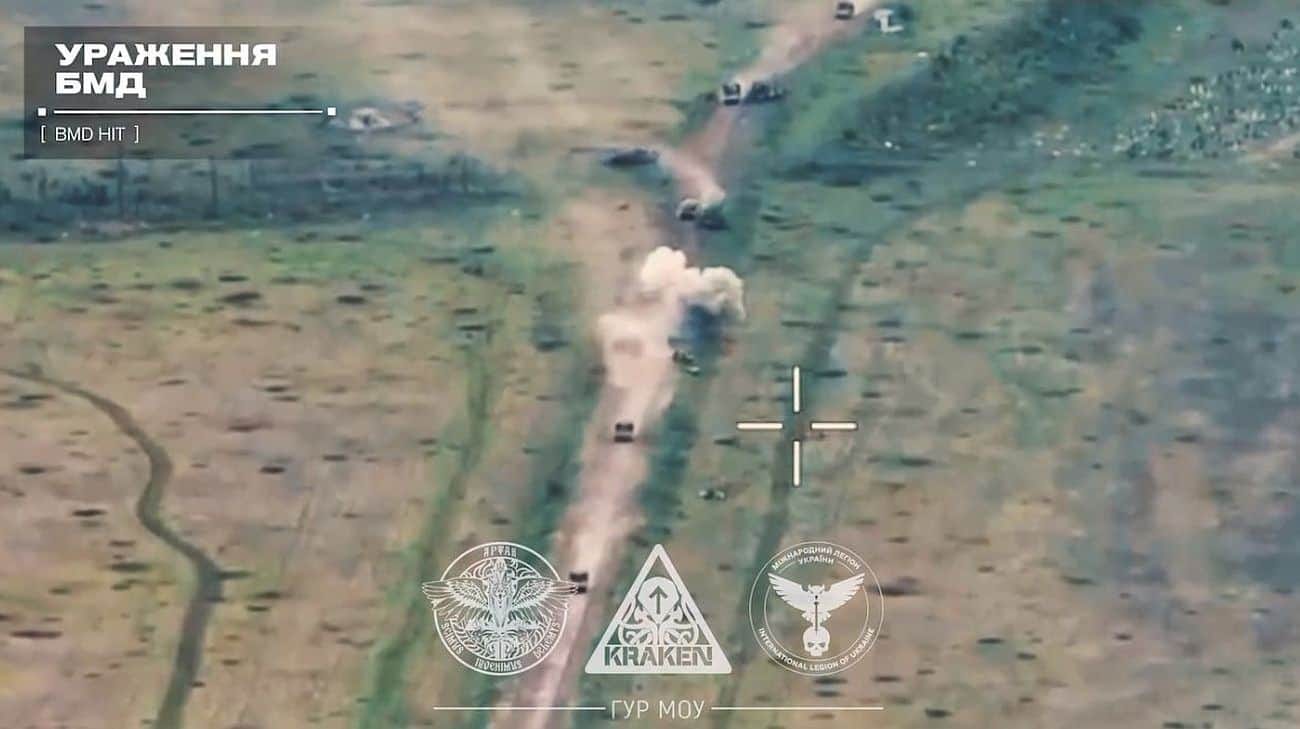
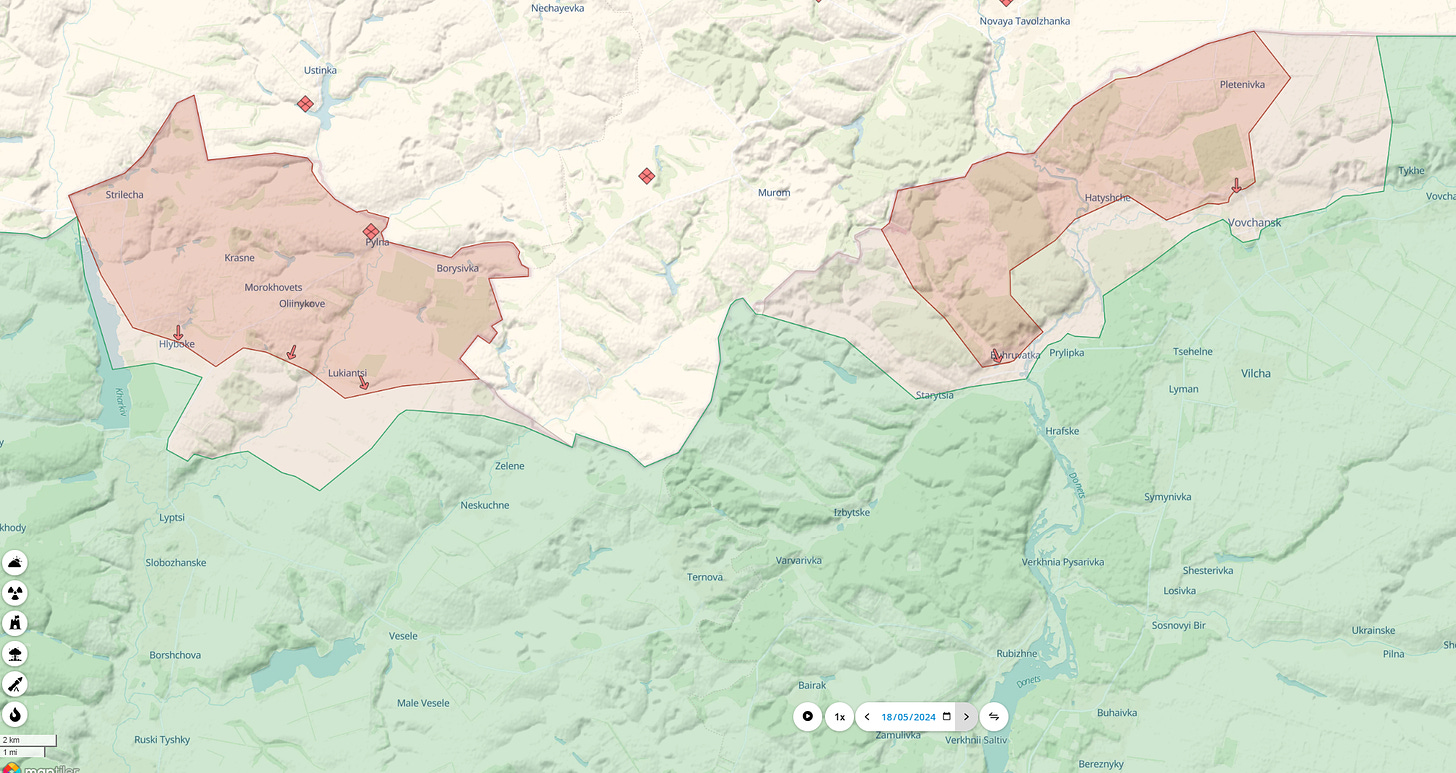
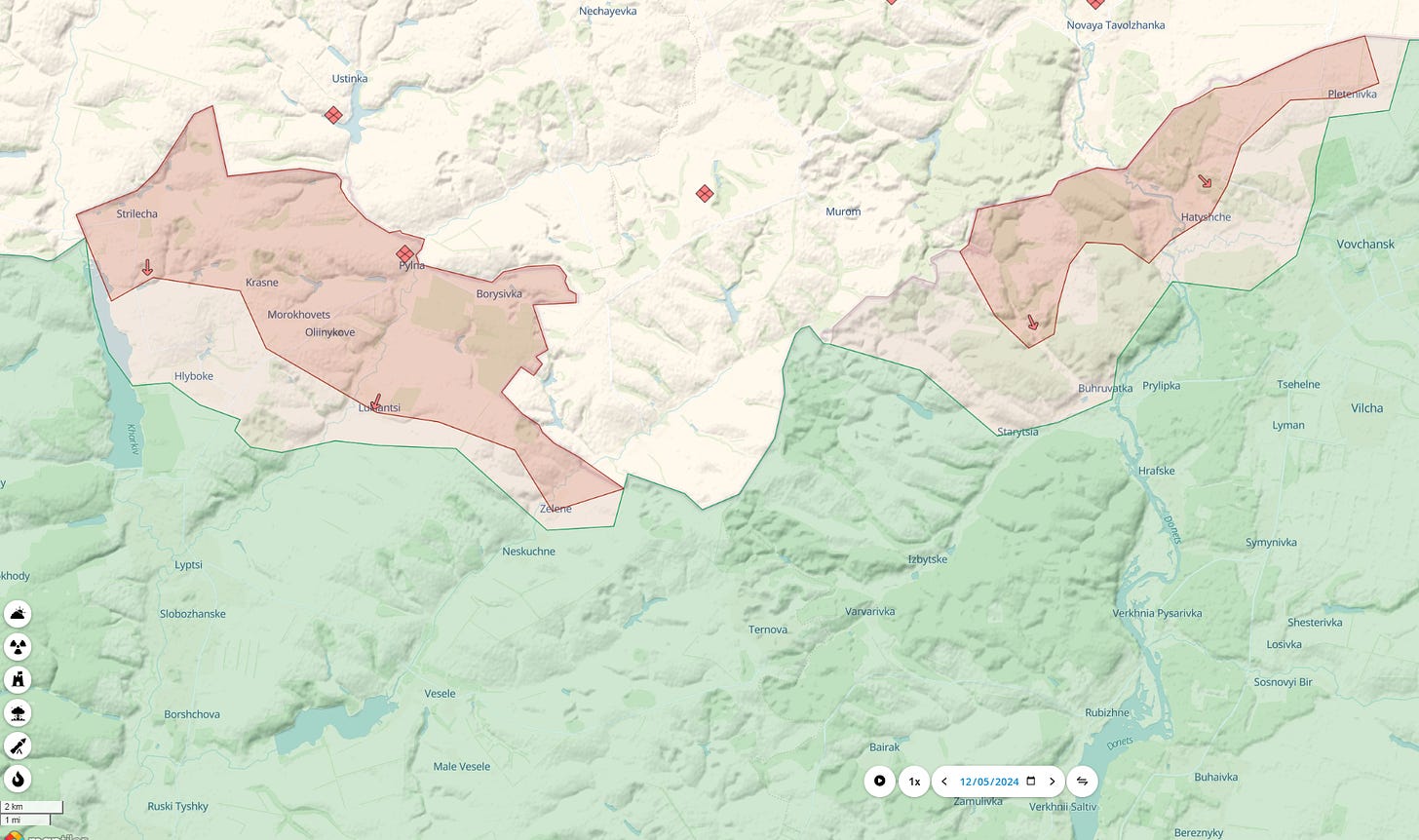
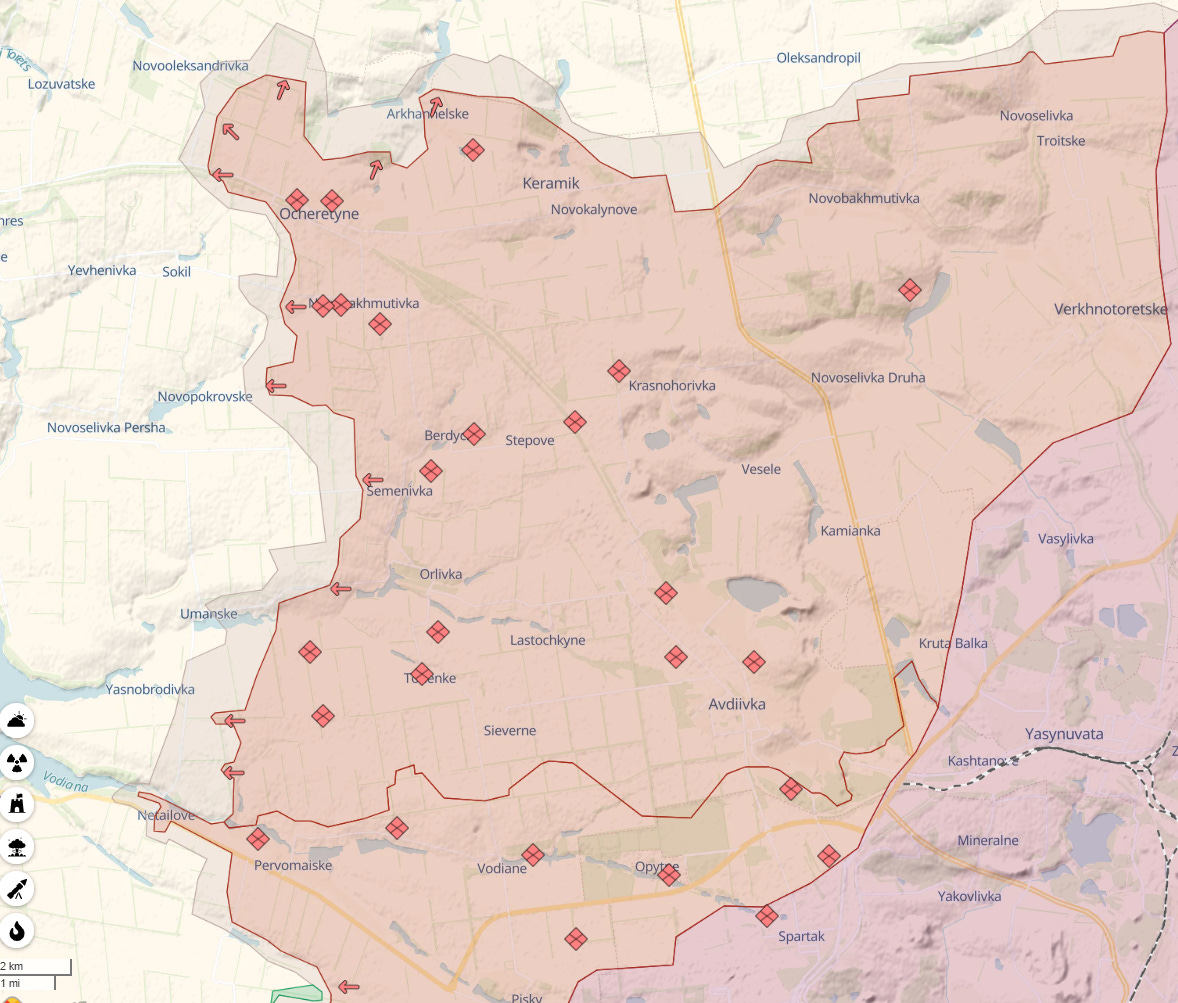




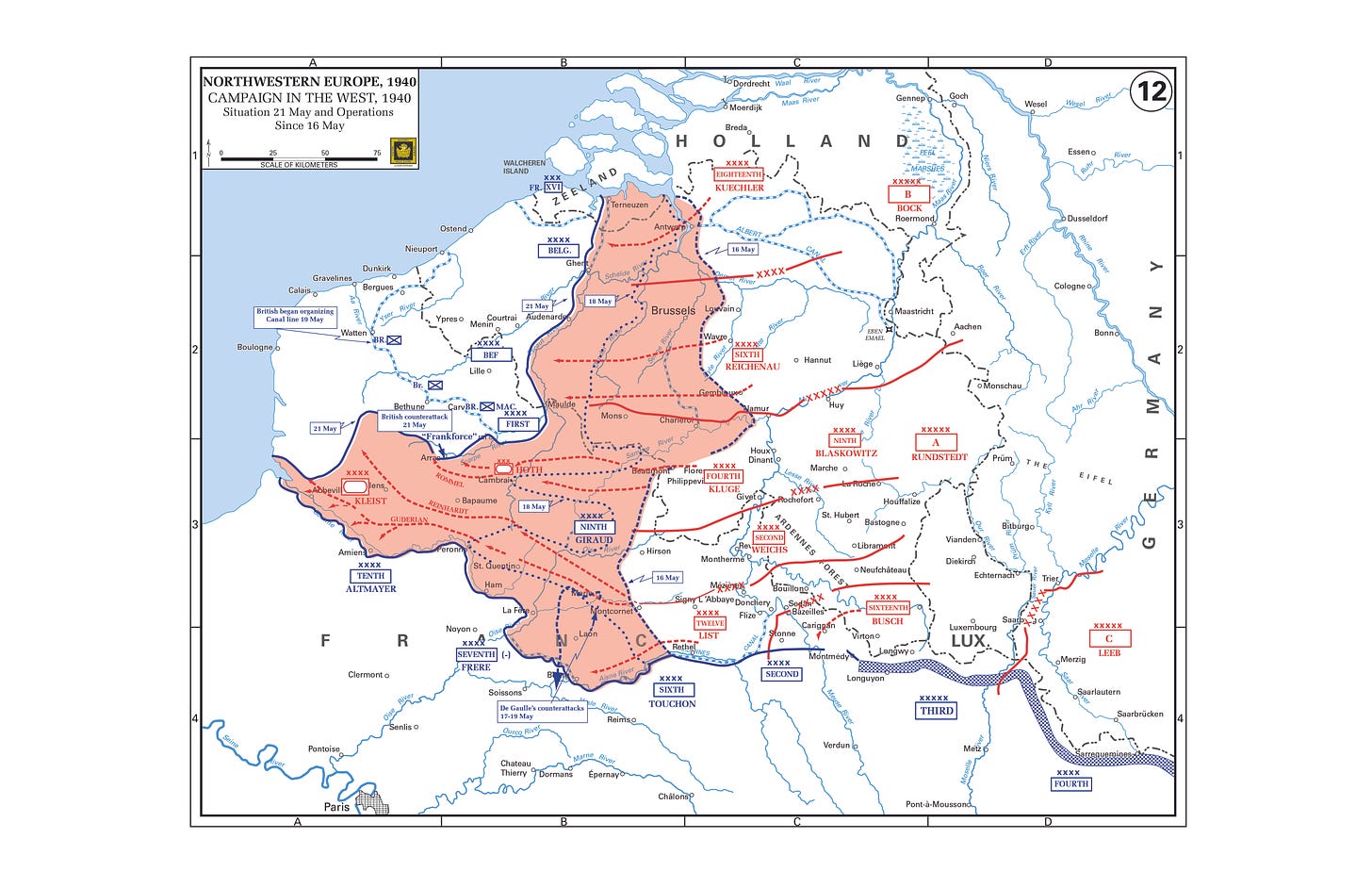



















0 comments:
Post a Comment